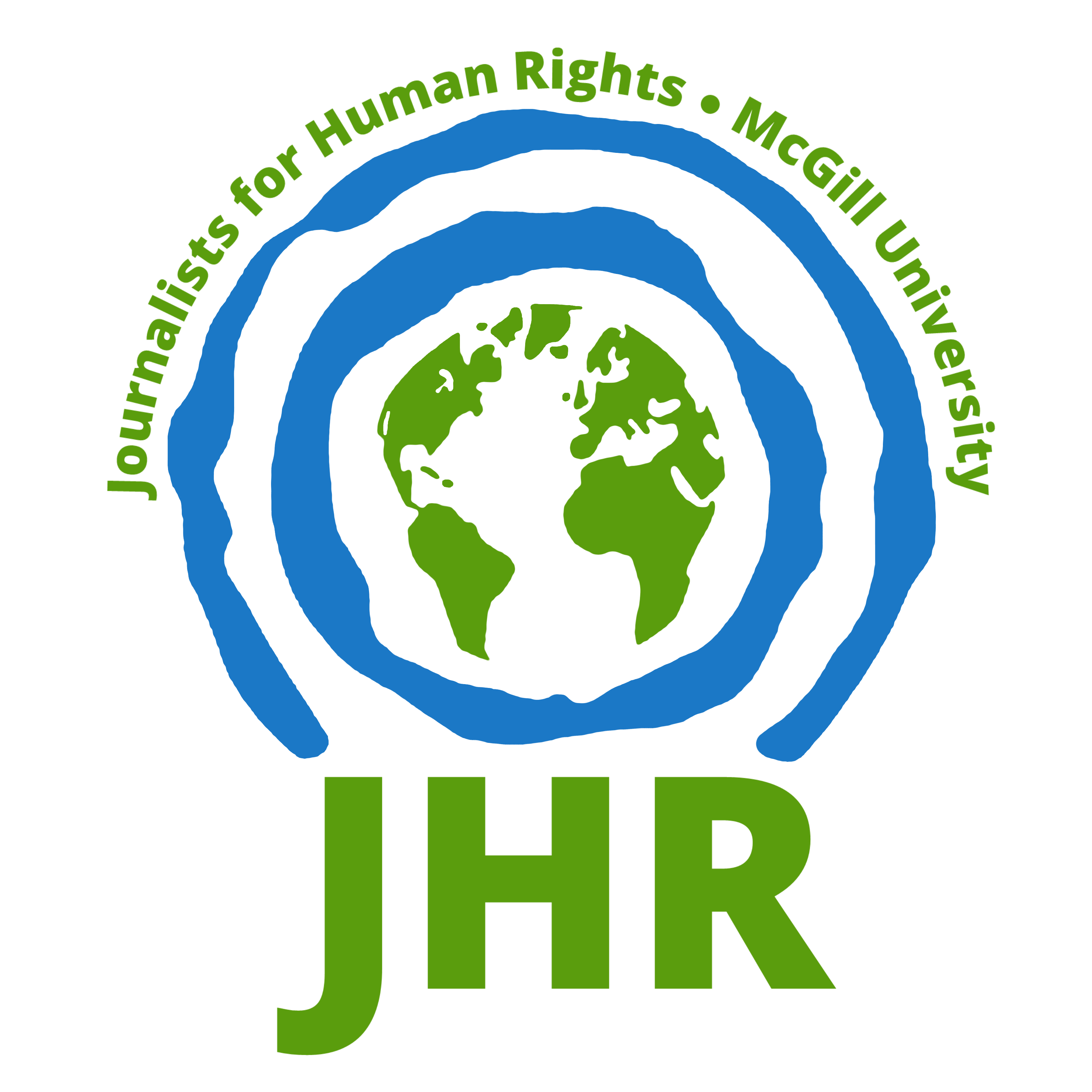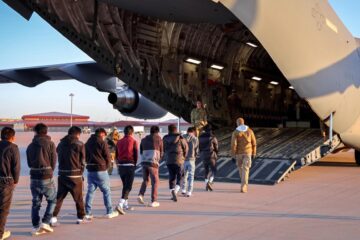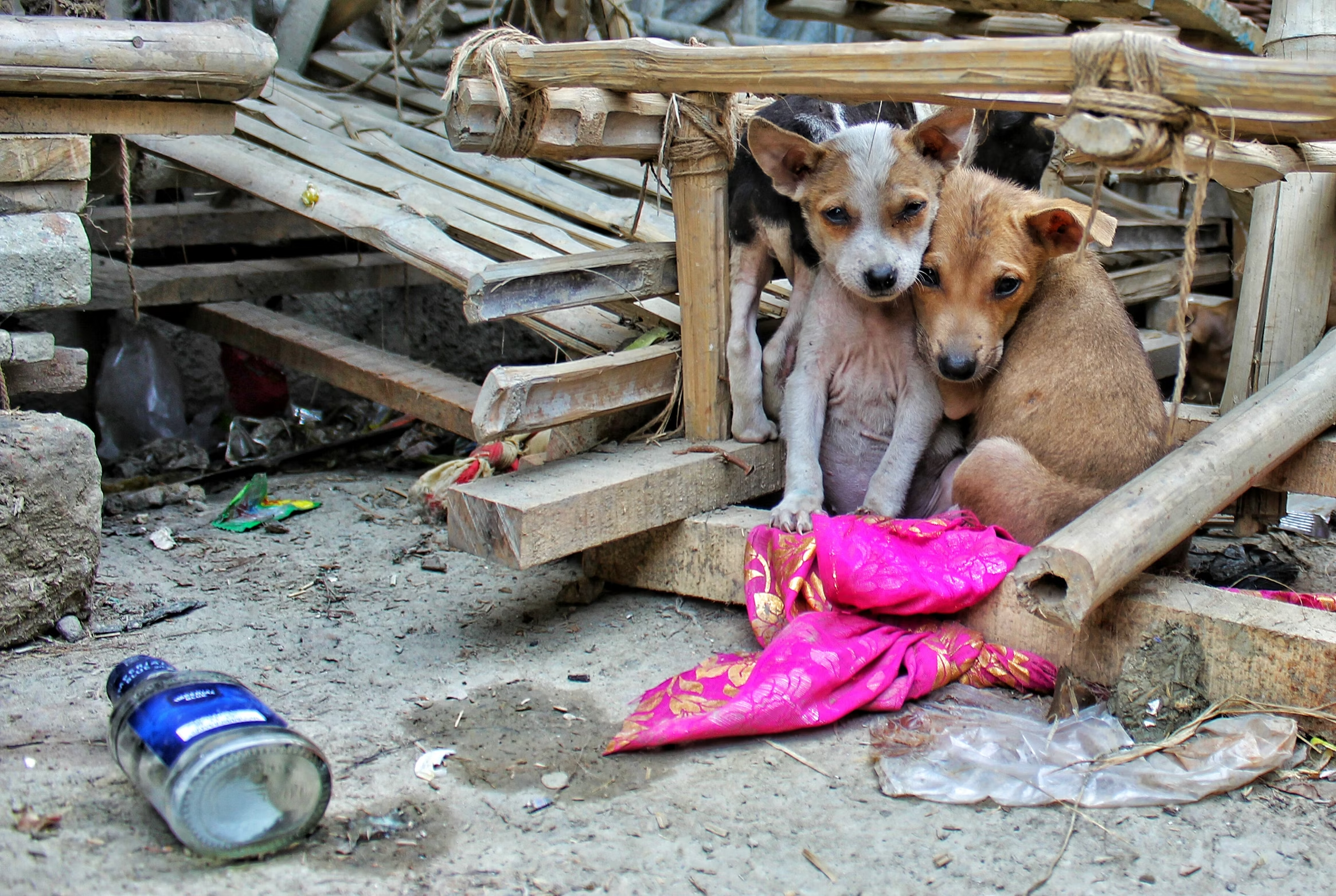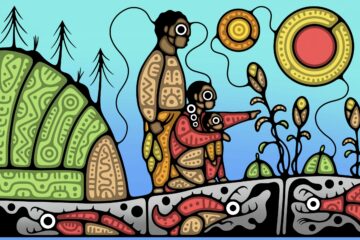In 2010, Margot Wallström, the United Nations Secretary General’s Special Representative on Sexual Violence in Conflict, called the Democratic Republic of the Congo (DRC) ‘’the rape capital of the world’’. This was following increased military operations by the country, and her statement stands as one of the most striking examples of the use of sexual violence in conflict. Wallström went on to describe it as the ‘’worst place on earth to be a woman’’. The use of rape as a weapon of war in the DRC has been pervasive and out of control with, according to a Physicians for Human Rights (PHR) report, over 113,000 sexual violence cases in 2023. The following year, in 2024, conflicted related cases doubled.
The DRC’s Never-Ending War: Conflict Context
The DRC has been affected by armed-conflict ever since it gained independence from Belgium in 1960. However, much of the modern conflict in the country stems from the aftermath of the Rwandan Genocide, with fighting at the border between Hutu militias and Rwanda’s Tutsi-led military, as well as the removal of dictator Mobutu Sese Seko. The conflict between the two countries and their respective rebel groups, which triggered the Second Congo War, known as ‘’Africa’s World War’’, considered the deadliest conflict in the world since World War II. Nine countries and approximately 25 rebel groups became involved.
Although the 2003 Sun City Agreement officially ended the Second Congo War, violence in the DRC still continues today:
’’More than 120 militias and armed groups actively operate in Ituri, North Kivu, South Kivu and Tanganyika provinces, many of whom regularly perpetrate widespread violations and abuses against civilians that may amount to crimes against humanity and war crimes.’’
affirms a report published by the Global Centre for the Responsibility to Protect in July 2025. These militias fight for control of mineral-rich zones, smuggling routes, and territory.
Civilians remain the primary victims of this war. Amnesty International described in a report published in 2024 ‘’At least 100 civilians were killed and many more injured as a result of the use by all parties of indiscriminate shelling in populated areas in Nord-Kivu. Government forces and M23 used explosive weapons in populated areas to attack and defend their positions’’ and ‘’At least 250 people were extrajudicially executed by government forces, according to the UN Joint Human Rights Office.’’
Rape as a Weapon of War:
Inherent to the conflict has been the emergence of sexual violence as a weapon of war to assert power and control. The DRC’s use of sexual violence, though not unique, has been especially exorbitant: John Holmes, Under Secretary General for Humanitarina Affairs at the UN stating “the sexual violence in Congo is the worst in the world. The sheer numbers, the wholesale brutality, the culture of impunity – it’s appalling.” in 2023, there were 22,000 reports of sexual violence in North Kivu alone, twice than the year prior. According to ‘’Women’s Bodies as a Battleground’’, researchers found four main forms of rape in the conflict. The study based on interviews with survivors, health workers, activists and even members of armed rebel groups, identified the following:
- individual rape, ‘’where a single perpetrator rapes a single victim’’
- gang rape, where a victim is raped by ‘’at least two attackers, either one after the other or simultaneously’’
- forced rape between victims, where ‘’the attackers would force members of the same family to have incestuous sexual relations with each other: between mother and son, father and daughter, brother and sister, aunt and nephew. Families were also forced to watch the gang rape of one of their members, usually the mother or sisters. They were then made to dance naked, to applaud, and to sing obscene songs, while the rape was going on. Likewise, sons were forced to hold their mother or sister to prevent them struggling while they were being raped.’’
- and lastly rape involving the insertion of objects into the victim’s genitals, where ‘’The objects mentioned as having been used were sticks, bottles, green bananas, pestles coated in chilli pepper and rifle barrels.’’
Perpetrators assert their dominance through the humiliation, torture, and control of women’s bodies. Sexual violence is used to demoralize women, humiliate the enemy, and place victims in a state of extreme vulnerability and dehumanization. Through these assaults, perpetrators destroy families, inflict deep psychological and physical trauma on victims, and shatter the enemy community’s sense of honour. There is a desire for power, dominance and control that plays a huge role here.
Rape and International Human Rights Law:
In light of these atrocities, it becomes essential to examine how international law addresses sexual violence in conflict. The International Criminal Court (ICC) legally recognizes rape as a war crime and a crime against humanity, and defines it through four legal elements in article 8(2) (b) (xxii)-1 of the Elements of Crimes,
- ‘’The perpetrator invaded the body of a person by conduct resulting in penetration, however slight, of any part of the body of the victim or of the perpetrator with a sexual organ, or of the anal or genital opening of the victim with any object or any other part of the body.’’
- ‘’The invasion was committed by force, or by threat of force or coercion, such as that caused by fear of violence, duress, detention, psychological oppression or abuse of power, against such person or another person, or by taking advantage of a coercive environment, or the invasion was committed against a person incapable of giving genuine consent.’’
- ‘’The conduct took place in the context of and was associated with an international armed conflict.’’
- ‘’The perpetrator was aware of factual circumstances that established the existence of an armed conflict.’’
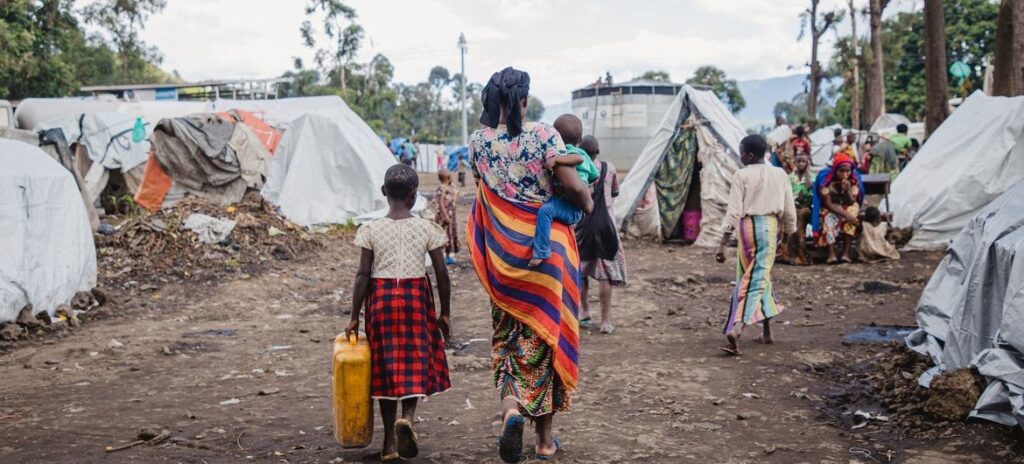
Edited by Lauren Avis and Norah Nehme.
